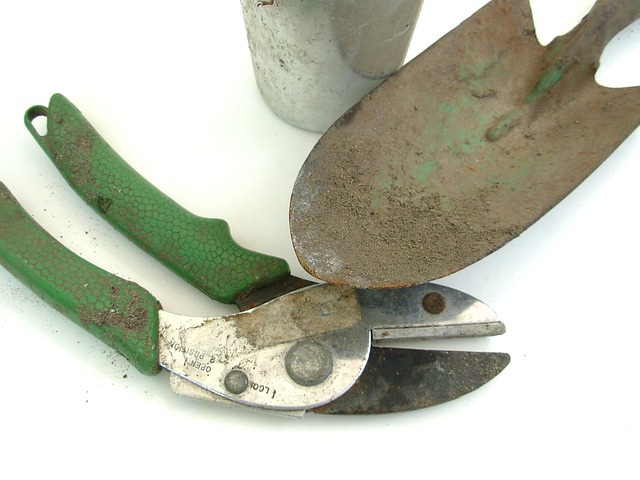Bring the Outside In – Best Indoor Plants
Having a beautiful garden is what we all dream about, but in the cases we don’t have the space or we want to have more greenery inside, indoor plants come to the rescue.
Some indoor plants come with the added benefit of not only giving color to a blank space, but also cleaning the air you breathe every day. Some plants are better for an office space while others are great as a centerpiece.
Not sure what plants will work for your space or how to care of them so you can enjoy them for a long time? We have you covered! We’ve rounded up the best indoor plants to introduce to your office or home this week and offer some tips on how to keep them happy and healthy. Be sure to monitor the light and water requirements and feed regularly with Espoma’s Indoor! liquid plant food for superior results.
7 Best Indoor Plants
- Ficus
Arguably the most popular indoor plant for homes and offices, the ficus’ simplicity in looks makes it well known and well liked. They are great for purifying the air — making the air better and cleaner to breathe. Ficus trees love indirect light, so place plants in a naturally bright room where it will thrive. Keep your ficus away from any drafts as they prefer more heat. This plant is perfect for the home or office; it is both beautiful and sophisticated.
- Peace Lily
The peace lily is a hardy, forgiving plant that will let you know when it needs water. It has a telltale droop to signal it’s thirsty. It will pop back up as soon as it gets the water it desires. Peace Lilies prefer bright indirect light, but will be happy with medium light, as well. Place it somewhere light comes through for a few hours of the day.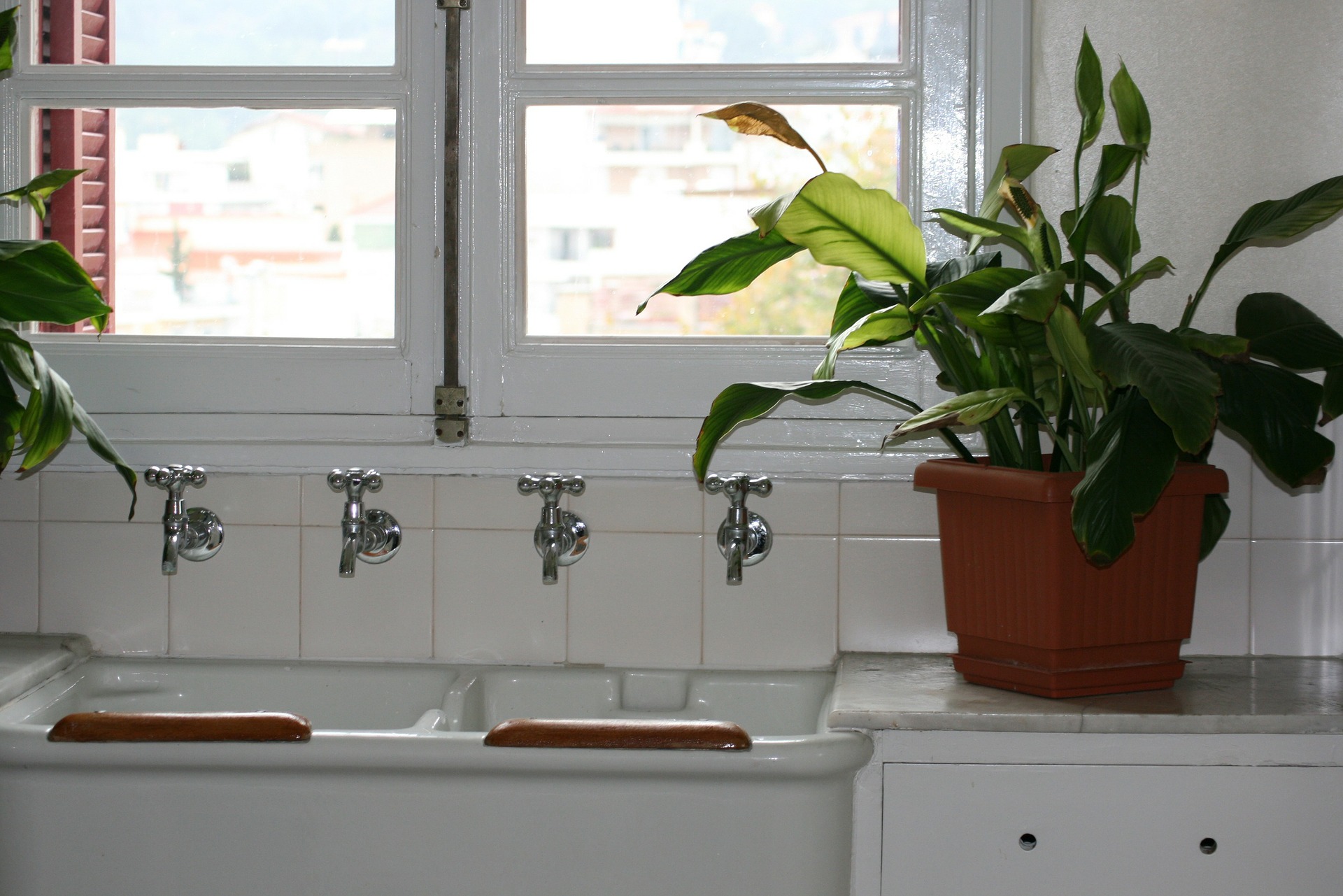
- African Violets
With a little bit of learning, you can introduce brilliant, cheerful blooms to your home easily. They don’t need a lot of room, so any small pot or a group of them in a bigger pot works well. African violets need bright to medium indirect light. Place them 3 feet from a west or south facing window and turn them regularly to ensure proper growth. Feed regularly with Espoma’s Violet! liquid plant food for plenty of blooms. Bring this plant to the table during dinner or hosting a party to make a beautiful and colorful centerpiece.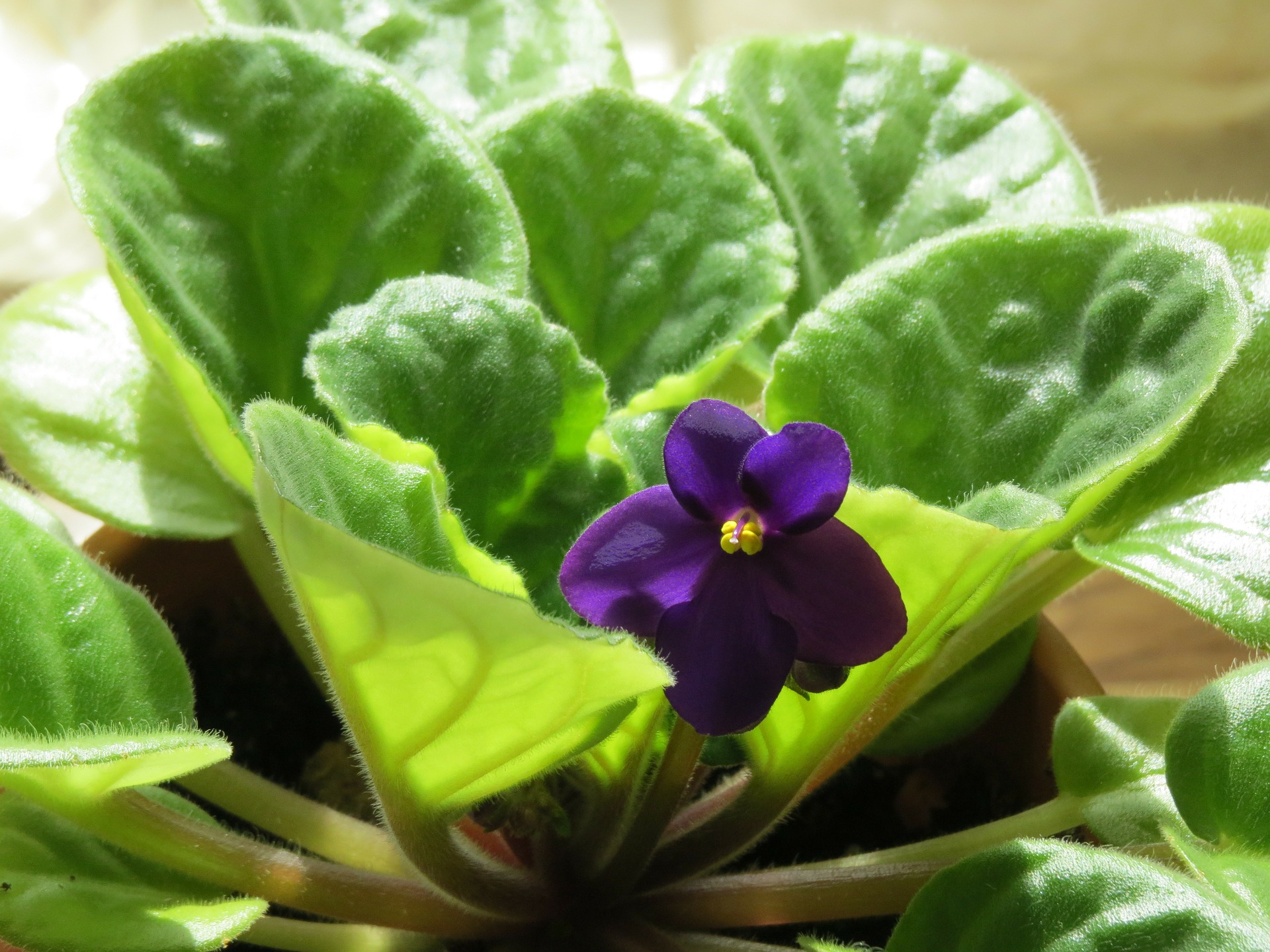
- Golden Pothos
Due to its attractiveness and simplicity to grow, golden pothos is one of the most common houseplants. Golden pothos’ trailing vines love to fall over the sides of the container, making it fun to decorate with. Those who have a “black thumb,” welcome this plant into their homes. It needs low light and minimal watering, so placing it in a bathroom would be perfect.
- Rubber Plant
This indoor plant may seem intimidating, being able to grow 10 feet tall, but they are simple to care for. Rubber plants love being the focal point for any home. Place your plant somewhere with bright, indirect light and water with room temperature water. These are great in sunny spots when protected by a sheer curtain.
- Kalanchoe
Add a pop of color with this beautiful flowering plant. While it has a reputation for being a disposable plant, with a little care they may rebloom next season. It is easy to propagate a new plant quickly from the cuttings. Place your kalanchoe in a place with bright light, such as a windowsill.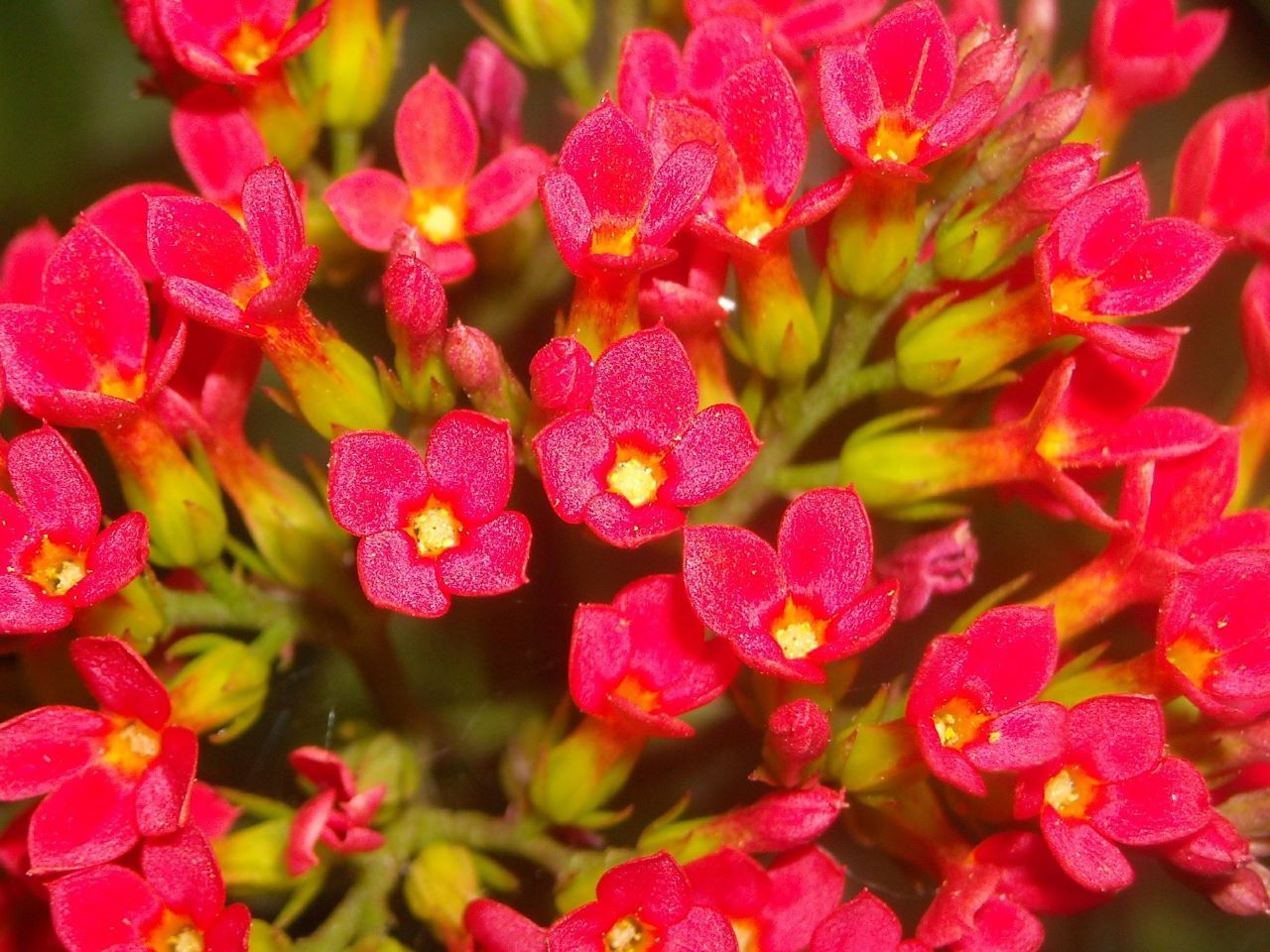
- English Ivy
This gorgeous plant will take over wherever it is stationed. You can train it to grow around an item to make it into a decorative sculpture or allow it to spread freely. English Ivy needs bright indirect sunlight and steady moisture. This would look great on a desk or mantel where the sun hits.

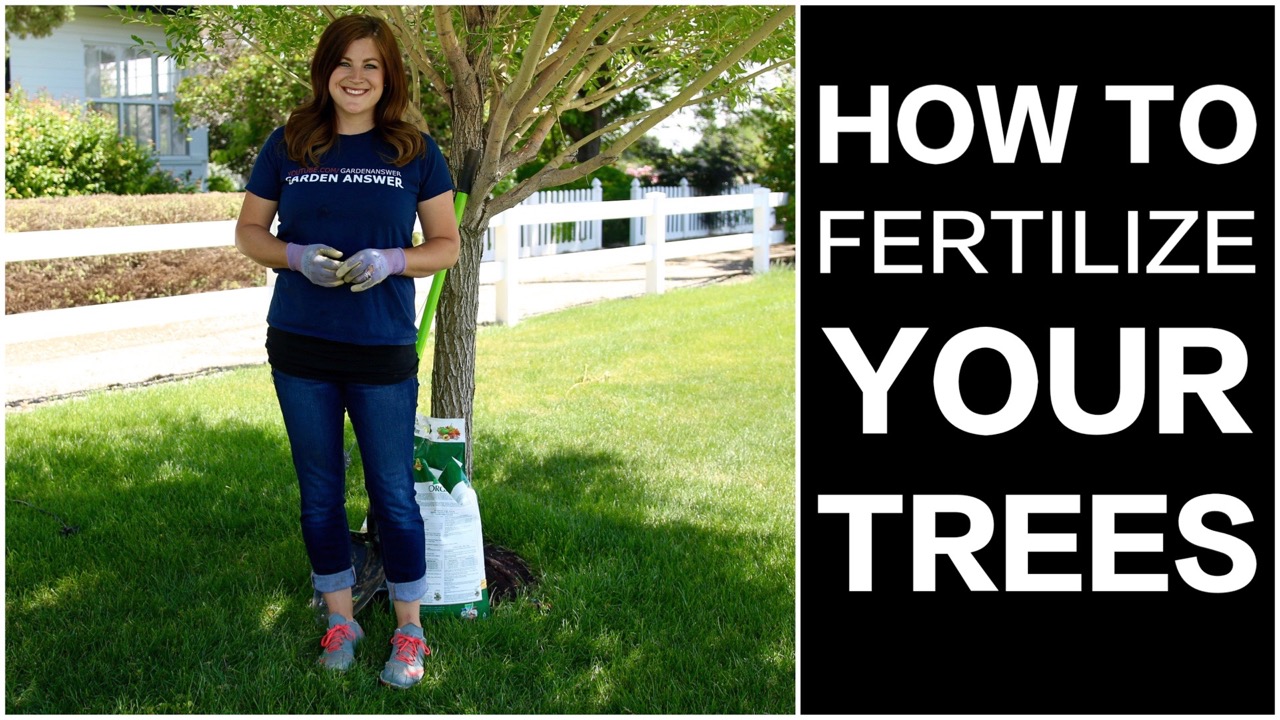
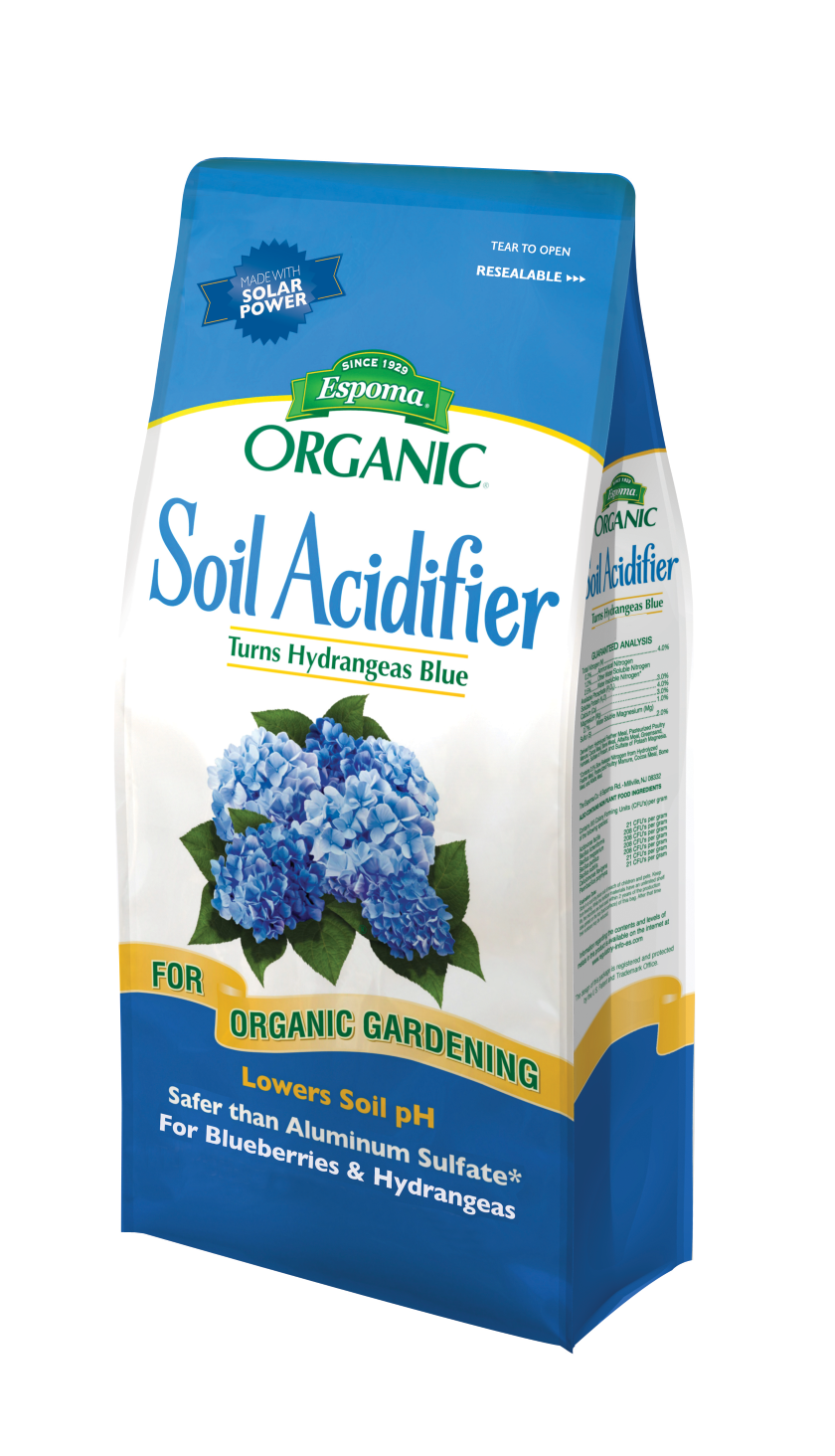
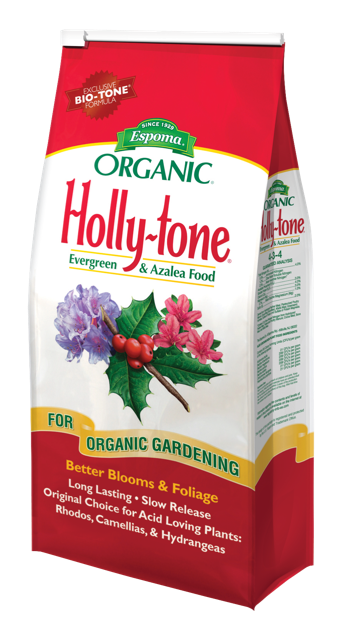
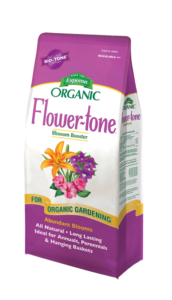
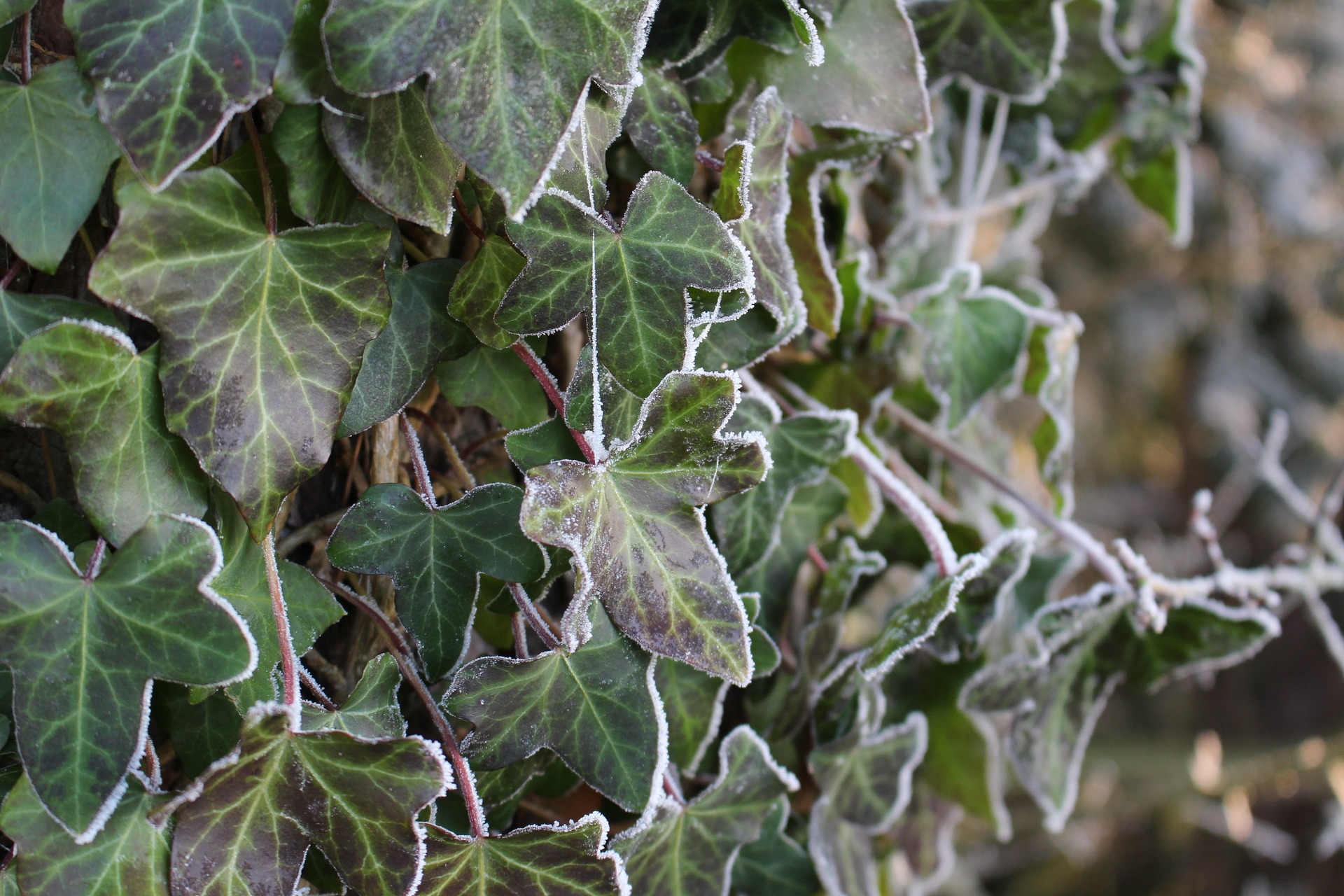
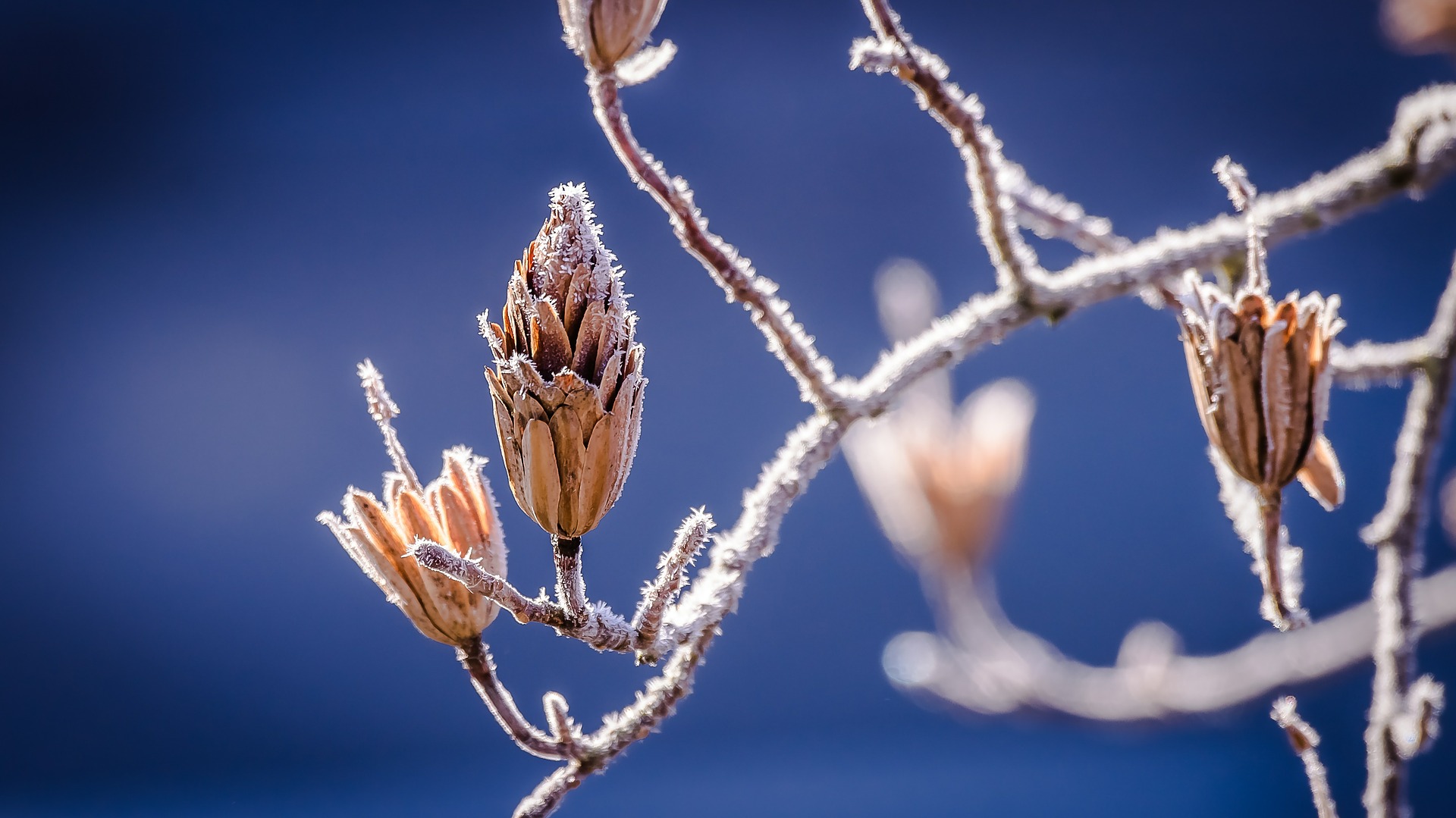
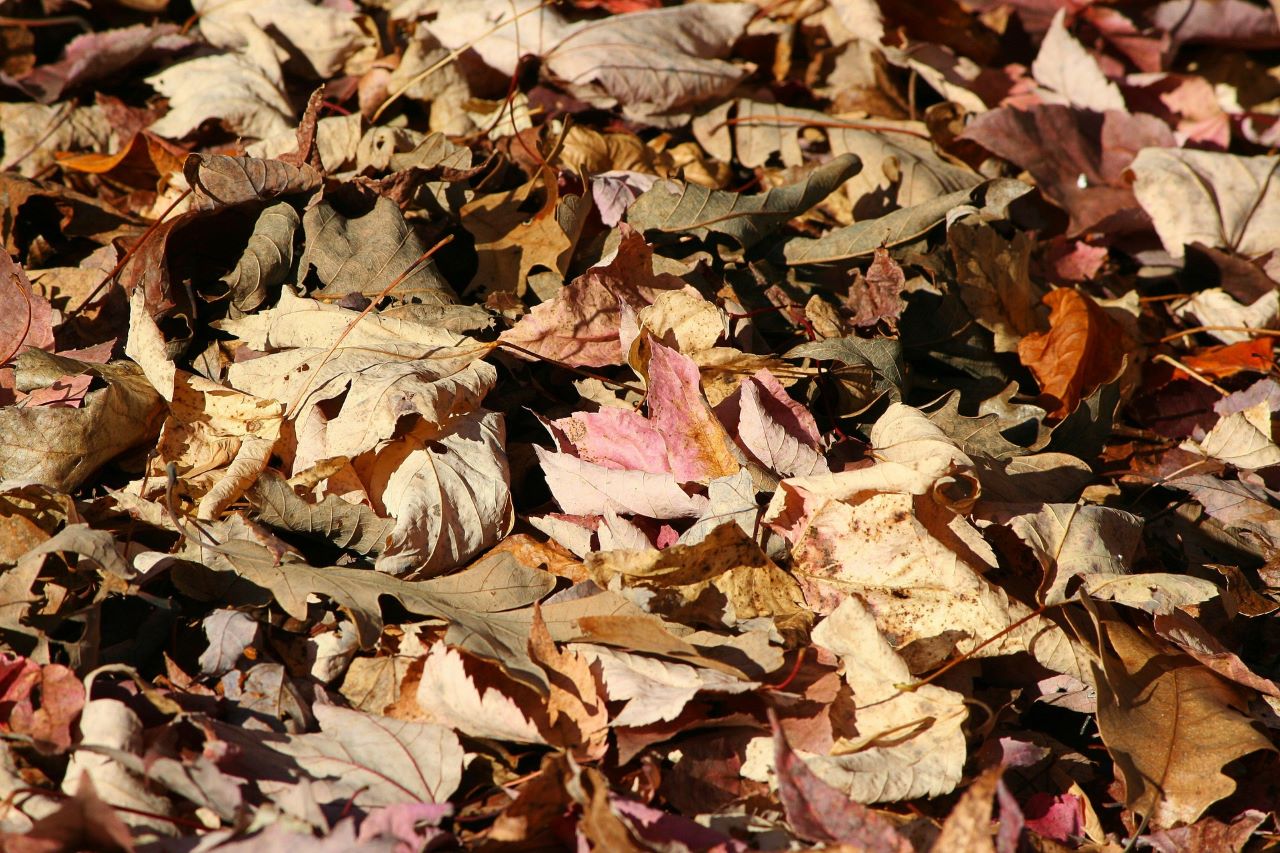
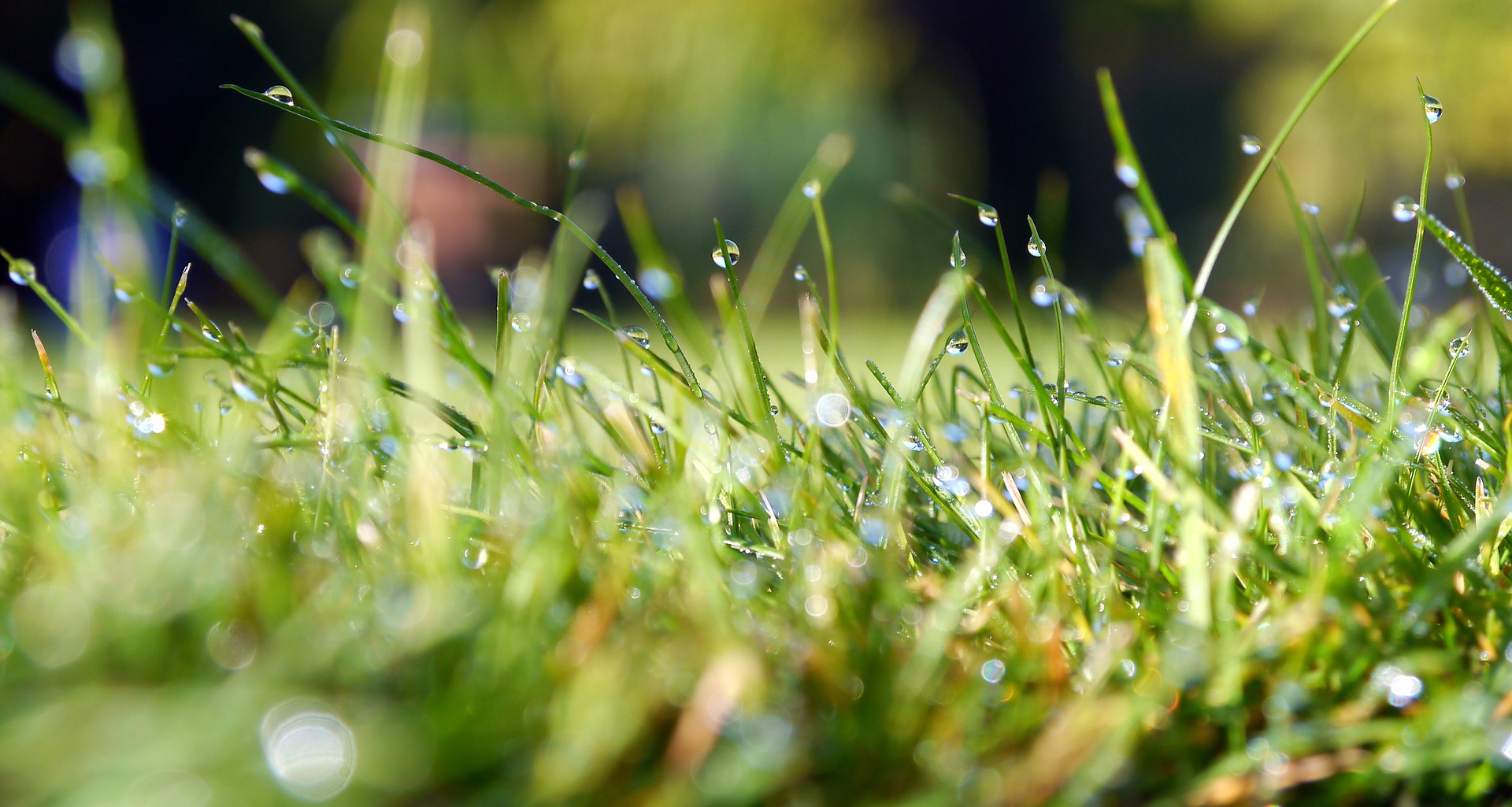
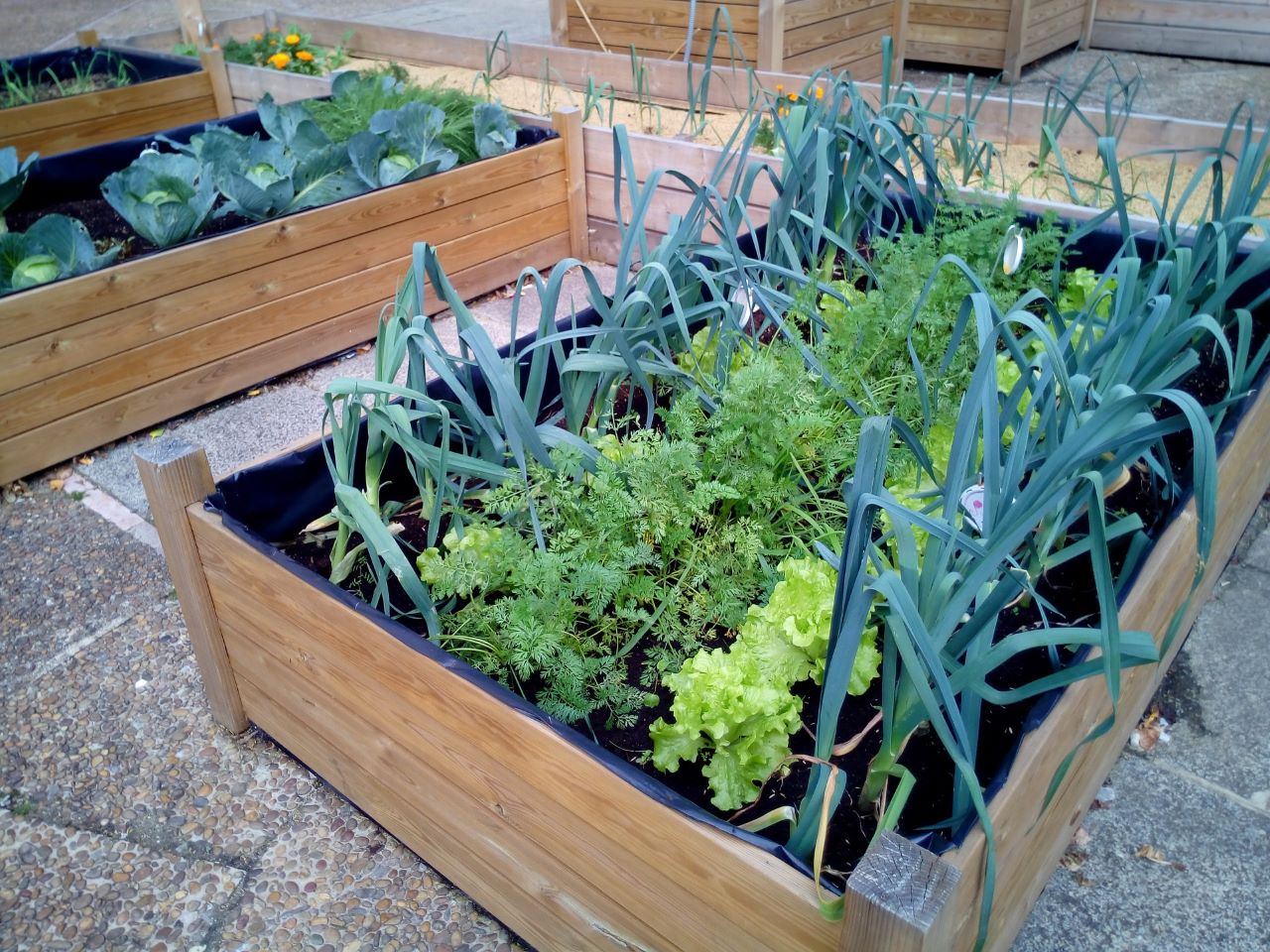
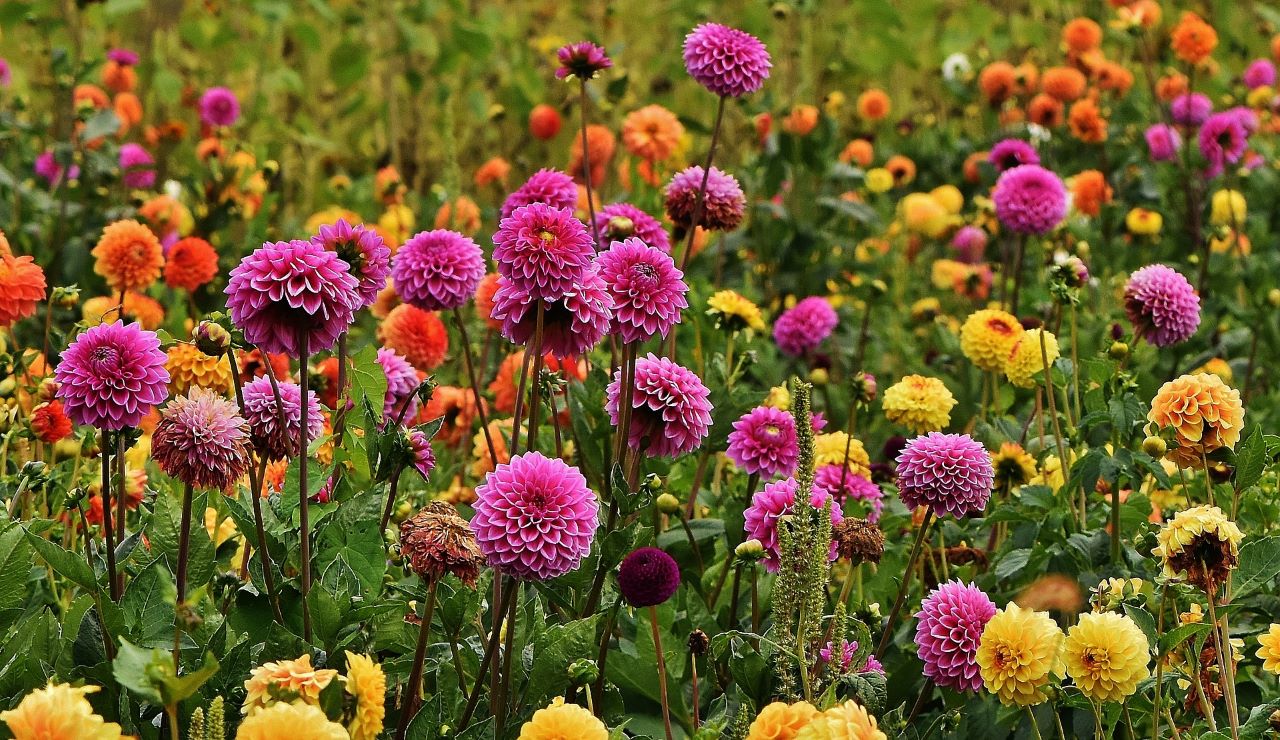

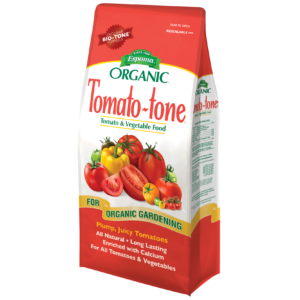
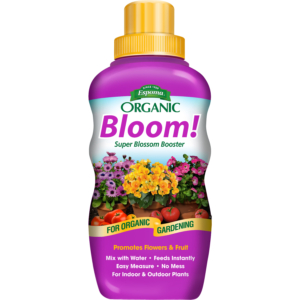
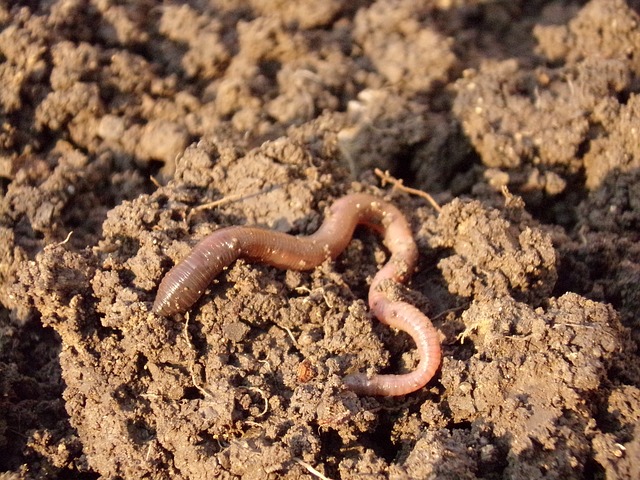
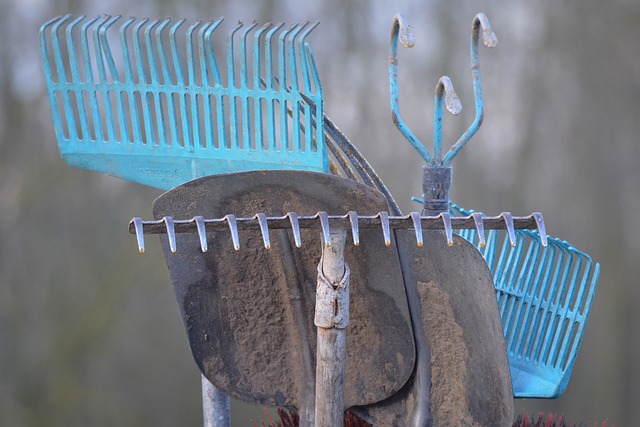


 6. Sharpen Pencils. Clean and sharpen your garden tools to get them ready for the new season! You can DIY or take them to your local garden center.
6. Sharpen Pencils. Clean and sharpen your garden tools to get them ready for the new season! You can DIY or take them to your local garden center.